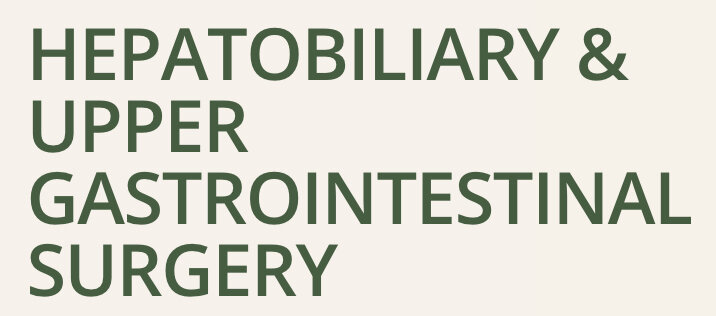
Diagnostic Gastroscopy
What is a Gastroscopy
A gastroscopy involves the use of a flexible tube with a camera to examine the gastrointestinal tract includingthe oesophagus, stomach and first part of the small bowel.
When will I need a gastroscopy?
If you have symptoms such as difficulty swallowing, abdominal pain, nausea and vomiting, heartburn or chest pain your GP may recommend you have a gastroscopy.
A light anaesthetic (sedation) is administered, and the procedure only takes about ten minutes. The procedure is very safe and is performed as an outpatient (no overnight stay).
What happens after my gastroscopy?
You will be monitored in a recovery room until most of the effects of the sedation have worn off.
There may be mild, temporary discomfort after your procedure.
If you develop severe abdominal pain, fevers or chills, vomiting, passing of black stools or feel very unwell you should call your treating hospital and ask to be transferred to the Emergency Department.
A copy of your report will be given to you to take to your referring doctor.
The hospital will contact you if you need to have another procedure or a follow up appointment.
This information is intended as a guideline only. If you have any further questions or concerns, please ask your doctor.

